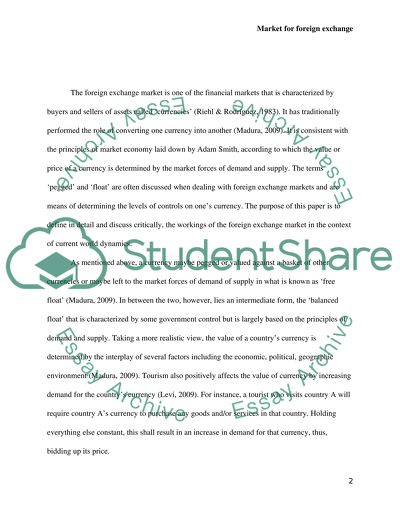Cite this document
(“Market for foreign exchange Essay Example | Topics and Well Written Essays - 1000 words”, n.d.)
Retrieved from https://studentshare.org/finance-accounting/1588136-the-market-for-foreign-exchange
Retrieved from https://studentshare.org/finance-accounting/1588136-the-market-for-foreign-exchange
(Market for Foreign Exchange Essay Example | Topics and Well Written Essays - 1000 Words)
https://studentshare.org/finance-accounting/1588136-the-market-for-foreign-exchange.
https://studentshare.org/finance-accounting/1588136-the-market-for-foreign-exchange.
“Market for Foreign Exchange Essay Example | Topics and Well Written Essays - 1000 Words”, n.d. https://studentshare.org/finance-accounting/1588136-the-market-for-foreign-exchange.


